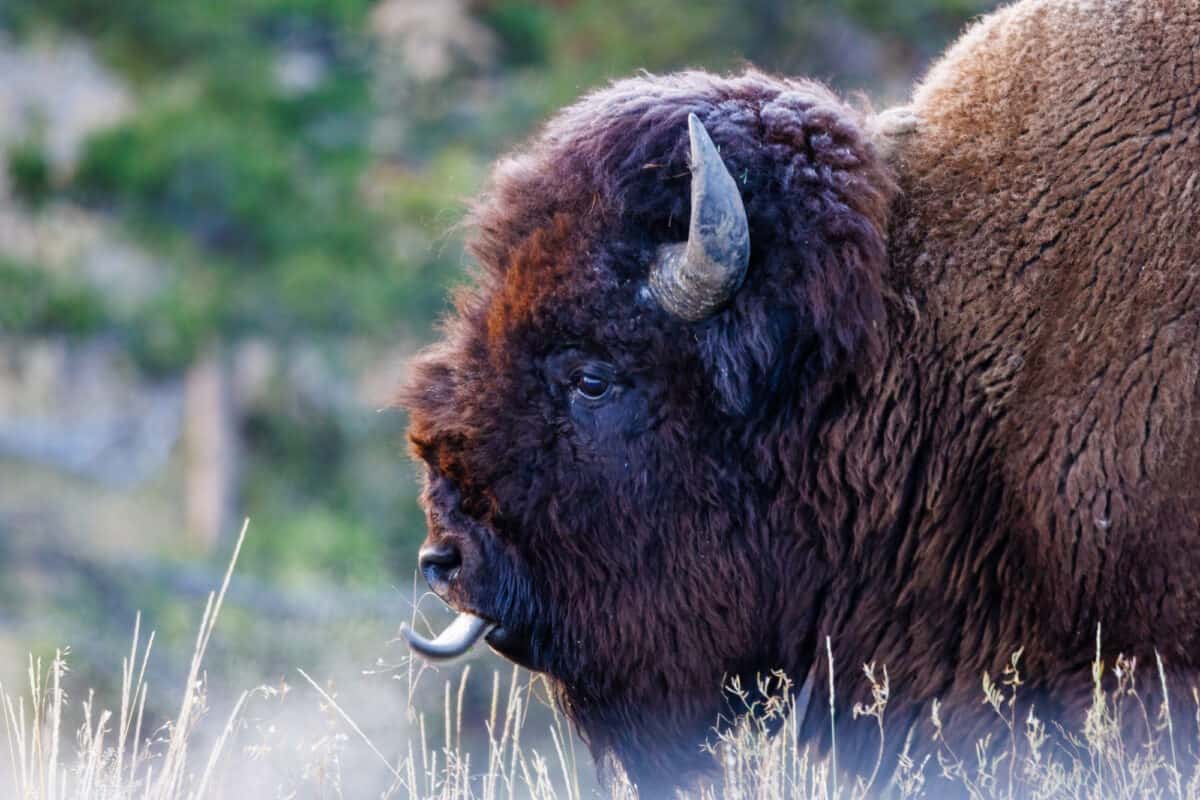The buffalo, or American bison, stands as perhaps the most revered animal within the cultural and spiritual traditions of the Plains Indian tribes. Far more than a mere source of sustenance, the buffalo represented the very embodiment of life itself—a divine gift that sustained entire nations physically, spiritually, and culturally. For countless generations, indigenous peoples of the Great Plains forged their identities, belief systems, and ways of life around this magnificent creature. The relationship between the Plains tribes and the buffalo transcended the practical, entering the realm of the sacred, with the animal featuring prominently in creation stories, healing ceremonies, prayer rituals, and daily practices. This profound connection reflected a worldview where humans existed not as masters of nature but as relatives to other beings in an interconnected web of life. As we explore this sacred relationship, we uncover not just historical practices but enduring wisdom about sustainability, respect for life, and spiritual interconnectedness that continues to resonate in contemporary indigenous communities.
The Buffalo as Creator’s Gift

In numerous Plains Indian creation stories, the buffalo emerged as a sacred gift provided directly by the Creator to ensure the survival of the people. The Lakota people tell of White Buffalo Calf Woman, a divine messenger who brought the sacred pipe and taught the people how to live in harmony with creation. She transformed into a white buffalo calf, establishing the spiritual connection between the Lakota and the buffalo nation. Similarly, the Blackfoot origin stories speak of Old Man (Napi) creating buffalo from mud and breathing life into them specifically to provide for the people’s needs.
These origin stories established the buffalo as more than mere animals—they were understood as willing sacrifices, relatives who offered their bodies so that humans might live. This foundational belief fostered a profound gratitude that permeated all interactions with the buffalo. The Cheyenne, Crow, Arapaho, and other Plains nations all maintained similar sacred narratives that positioned the buffalo as central to their very existence, creating a relationship of reciprocal respect rather than exploitation. This spiritual understanding fundamentally shaped how these communities approached hunting, using, and honoring the buffalo throughout their cultural practices.
Total Dependence: The Buffalo Economy

The material relationship between Plains tribes and the buffalo represented perhaps the most complete utilization of a single species by any human culture in history. Virtually no part of the buffalo went unused. The meat provided the primary protein source for most Plains peoples, with preservation techniques allowing communities to survive harsh winters. Hides became tipis, robes, moccasins, and clothing. Bones were crafted into tools, utensils, and ceremonial items. Sinew became thread and bowstrings. Horns transformed into spoons, cups, and ceremonial regalia. Even the bladder found purpose as water containers, and buffalo chips (dried dung) served as essential fuel on the treeless plains.
This comprehensive utilization reflected both practical necessity and spiritual respect. Waste of any buffalo part was considered disrespectful and potentially dangerous, inviting spiritual consequences. Anthropologists estimate that Plains peoples developed over 175 distinct uses for different buffalo parts. This economic dependence meant that when European-American policies deliberately targeted buffalo herds for destruction in the late 19th century, they simultaneously attacked the entire foundation of Plains Indian independence, spirituality, and cultural identity. The near-extinction of the buffalo paralleled the forced confinement of Plains peoples to reservations—twin tragedies that fundamentally transformed indigenous life on the Great Plains.
Buffalo Hunting as Sacred Practice

For Plains tribes, buffalo hunting transcended mere subsistence activity to become a sacred ritual governed by specific protocols and spiritual preparations. Before major hunts, communities often performed elaborate ceremonies seeking permission from the buffalo spirits and the Creator. The Blackfoot conducted the Iniskim (buffalo stone) ceremony, where specially discovered stones resembling buffalo were ritually honored to ensure hunting success. Lakota hunters might seek visions or undergo purification through sweat lodge ceremonies before major hunts. These practices acknowledged the spiritual dimension of taking animal life and sought to maintain proper relationship with the buffalo nation.
The actual hunting techniques demonstrated both practical skill and spiritual reverence. Communal hunts often involved carefully coordinated efforts where buffalo were channeled toward waiting hunters or over “jumps” (cliffs) where they could be more easily harvested. After a successful hunt, specific protocols governed the butchering process. Many tribes required that certain parts, like the tongue or hump, be reserved for elders or ceremonial use. Thanksgiving prayers and offerings frequently accompanied the first cuts. Even in death, the buffalo was treated with respect—its skull might be ceremonially placed facing east, its spirit thanked and released properly to continue the cycle of life. This sacred approach to hunting stands in stark contrast to the commercial slaughter that nearly exterminated the species in the 19th century.
The White Buffalo Calf Woman
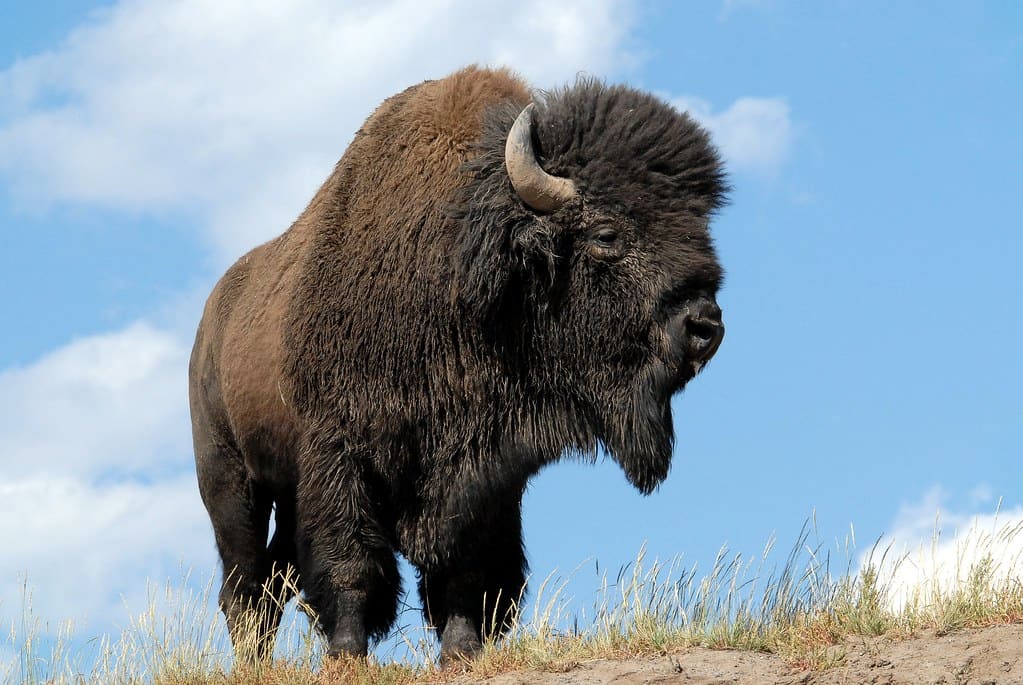
Perhaps the most significant buffalo-related spiritual narrative among Plains tribes is the Lakota story of the White Buffalo Calf Woman (Ptesanwin). According to oral tradition, during a time of great hardship, this mysterious divine being appeared to two hunters in the form of a beautiful woman dressed in white buckskin. When one hunter approached her with impure thoughts, he was consumed by a cloud, leaving only bones behind—a powerful lesson about respect and proper behavior. The second hunter, approaching with reverence, was instructed to return to his village and prepare for her arrival.
When the White Buffalo Calf Woman entered the camp, she presented the people with the sacred pipe (chanunpa) and taught them the seven sacred ceremonies that would form the foundation of Lakota spiritual practice. She instructed them in proper living, prayer, and their sacred relationship with creation. As she departed, she transformed into a white buffalo calf, turning to each of the four directions before disappearing. This story established not only the sacred pipe tradition but also cemented the spiritual significance of the buffalo in Lakota cosmology. To this day, the extremely rare birth of a white buffalo calf is considered a profoundly significant spiritual event, often interpreted as a message of hope and a reminder of this ancient covenant between the Lakota and the buffalo nation.
Buffalo in Ceremonial Life

The buffalo’s integration into Plains Indian ceremonial life extended into virtually every significant ritual practice. In the Sun Dance—the paramount religious ceremony among many Plains nations—buffalo skulls served as central altar pieces, representing the enduring connection between the people and the buffalo nation. Dancers might wear buffalo tails or headdresses, while ritual objects incorporated buffalo parts with specific spiritual properties. The Lakota Tatanka Lowanpi (Buffalo Sing) ceremony specifically honored the buffalo spirit, seeking to maintain proper relationship with this essential relative.
Healing ceremonies frequently involved buffalo elements believed to carry particular power. Buffalo fat might be used in healing salves, while certain organs had specific medicinal applications. The Blackfoot employed a ritual object called a buffalo stone (iniskim) in healing and blessing ceremonies. Many tribes maintained medicine bundles containing sacred buffalo items passed down through generations, each carrying specific powers and responsibilities. Even transition ceremonies marking birth, naming, puberty, and death incorporated buffalo elements. A child might receive a buffalo tooth as a protective amulet, while burial practices might include buffalo robes. This ceremonial integration underscored how completely the buffalo permeated every aspect of Plains spiritual understanding.
Buffalo Societies and Social Organization
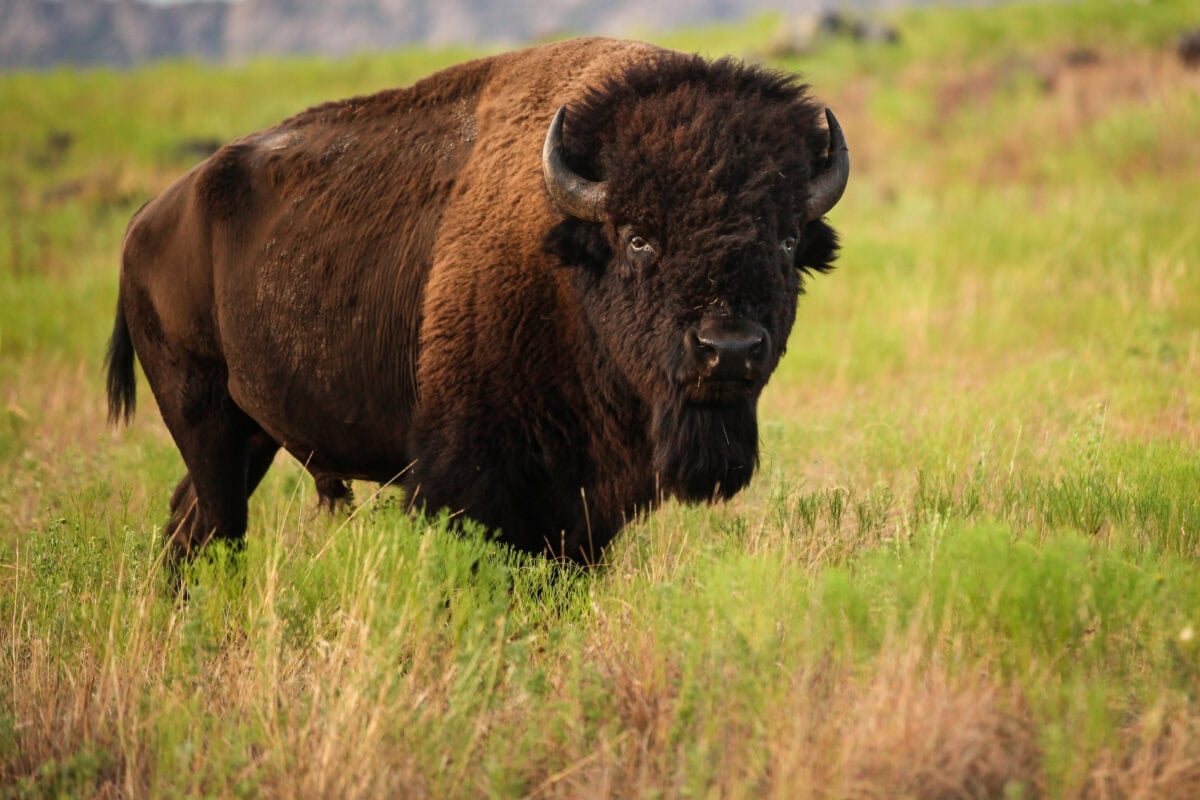
The buffalo’s importance extended beyond purely spiritual realms into social organization, particularly through societies named after or connected to the buffalo. The Buffalo Bull Society among the Mandan and the Buffalo Society among the Cheyenne were prestigious organizations whose members embodied buffalo-like qualities of strength, endurance, and self-sacrifice. These societies often had specific responsibilities during hunts, ceremonies, and community protection. Membership typically required demonstrations of bravery, wisdom, and spiritual dedication, with elaborate initiation rituals invoking buffalo power.
Gender roles within Plains communities were also often delineated through buffalo-related activities. Men primarily conducted the hunting, while women mastered the essential skills of processing—transforming raw hides into tipi covers, creating pemmican (preserved meat mixed with berries and fat), and crafting tools from various parts. This division of labor created complementary roles where each gender’s contribution was essential to fully honoring the buffalo’s gift. Children learned these roles through observation, stories, and graduated participation, ensuring cultural continuity. The buffalo thus shaped not merely spiritual life but the very social fabric and daily activities of Plains communities, creating cohesion through shared purpose and values centered on proper relationship with this keystone species.
Buffalo in Material Culture and Art
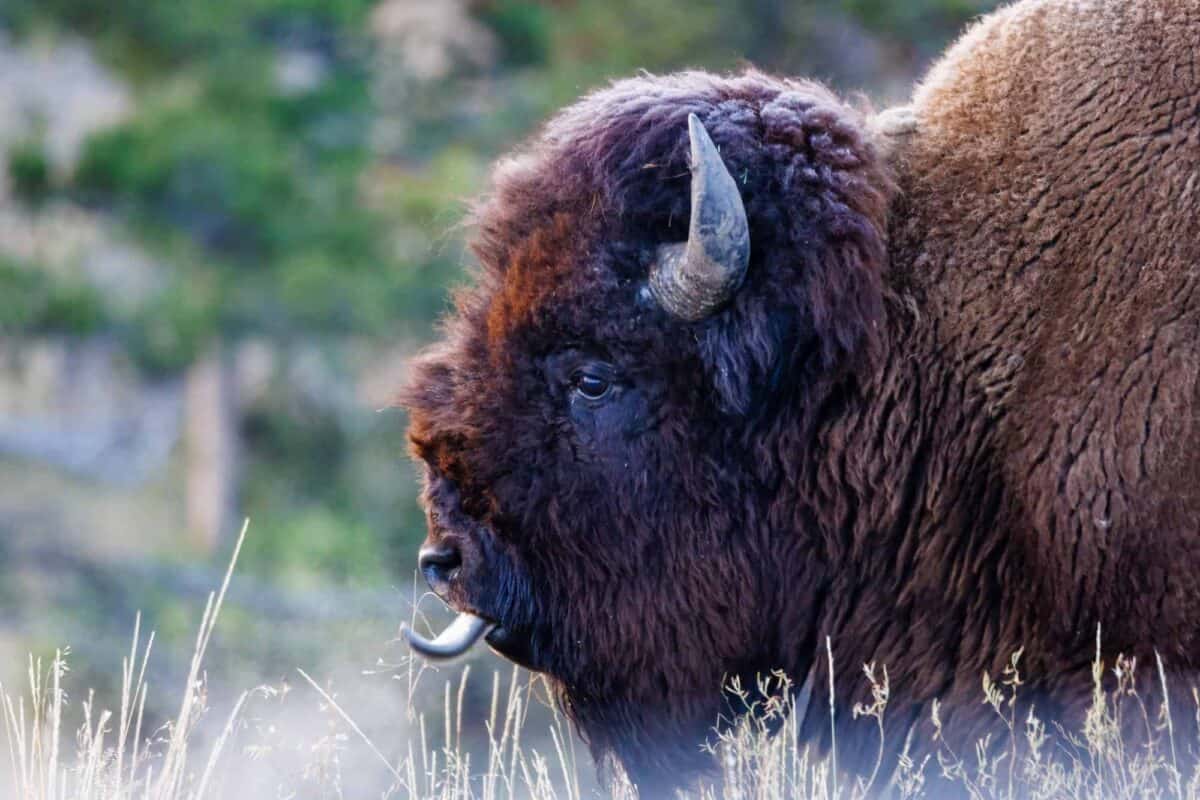
The buffalo’s sacred status manifested powerfully in the material culture and artistic expressions of Plains tribes. Buffalo imagery dominated visual arts—appearing on parfleches (rawhide containers), winter counts (pictographic calendars), shields, and clothing. These depictions were rarely merely decorative but carried specific spiritual meanings and powers. A warrior’s shield might feature buffalo imagery to invoke protection and strength in battle. Tipis might display painted buffalo scenes representing family histories or spiritual experiences. The Lakota buffalo robe tradition involved intricate pictographs documenting significant life events or visions, creating wearable spiritual autobiographies.
Buffalo parts themselves became sublime artistic media. Quillwork and later beadwork on buffalo products required extraordinary skill, with designs often revealing spiritual insights or tribal affiliations. Buffalo horn spoons and ladles might be exquisitely carved with symbolic motifs. Even practical items like parfleches featured geometric designs with specific meanings. Songs, dances, and oral traditions similarly centered buffalo imagery, with specific buffalo dance traditions mimicking the movements and behaviors of the animals to honor their spirit. This artistic integration of buffalo symbolism created a visual and material world where daily interactions with ordinary objects continuously reinforced the central spiritual relationship between people and buffalo.
Buffalo Dreams and Vision Quests

Within Plains spiritual traditions, buffalo frequently appeared in dreams and visions, carrying messages and powers directly from the spirit world. Young men on vision quests (hanbleceya in Lakota) often specifically sought buffalo medicine—spiritual insight and power associated with this revered animal. Such visions might grant healing abilities, hunting prowess, or leadership capabilities. If a buffalo appeared in a vision, the recipient might be instructed to create specific sacred items, perform certain ceremonies, or follow particular life paths. These spiritual experiences created direct personal connections between individuals and buffalo spirits that shaped their identities and roles within the community.
Dreams featuring buffalo were carefully interpreted by elders or medicine people familiar with the complex symbolic language of visions. The manner of the buffalo’s appearance, its color, actions, and words all carried significant meaning. White buffalo dreams held particular power, often signaling major spiritual responsibility. Some individuals received buffalo songs through dreams—sacred melodies believed to carry healing or protective properties. The buffalo’s appearance in dreams could also serve as warning or guidance during community challenges. This dimension of buffalo spirituality created a deeply personal aspect to what was otherwise a communal relationship, allowing individuals to develop their own unique connection to buffalo medicine while operating within broader cultural frameworks.
The Near-Extinction Period and Cultural Trauma
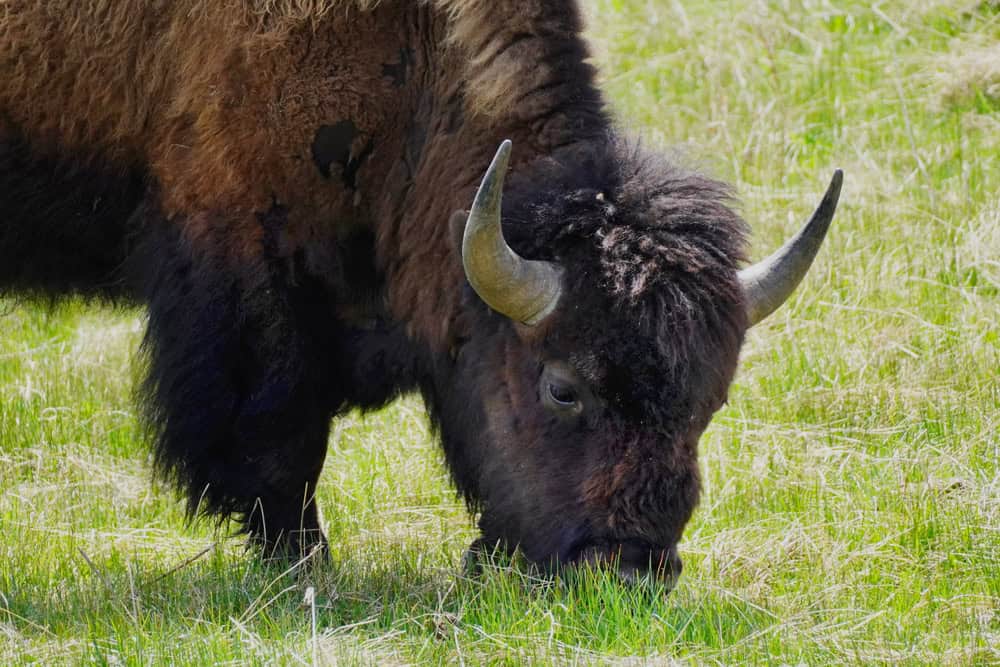
The deliberate destruction of the American bison in the late 19th century represents one of history’s most devastating ecological and cultural catastrophes. From an estimated 30-60 million animals roaming North America, commercial hunting, government policies explicitly designed to undermine indigenous resistance, and habitat destruction reduced the population to fewer than 1,000 by 1890. For Plains peoples, this represented not merely economic devastation but profound spiritual trauma. The U.S. government’s policy was succinctly expressed by General Philip Sheridan: “Kill every buffalo you can. Every buffalo dead is an Indian gone.” This deliberate cultural genocide attacked the very foundation of Plains Indian identity and independence.
The psychological and spiritual impact of this loss cannot be overstated. Elders who had once witnessed herds so vast they darkened the horizon for days lived to see the plains emptied of buffalo. Sacred ceremonies dependent on buffalo elements faced crisis. Communities that had defined themselves through buffalo relationship for countless generations were forced into reservation dependence on government rations. Many ceremonies went underground or adapted using cattle parts as substitutes. Stories and songs preserved buffalo knowledge even as the living animals disappeared. This period represents a profound cultural trauma whose echoes continue to reverberate through generations of indigenous communities, creating lasting patterns of loss, grief, and cultural disruption that continue to require healing and reconciliation.
Contemporary Buffalo Restoration Efforts
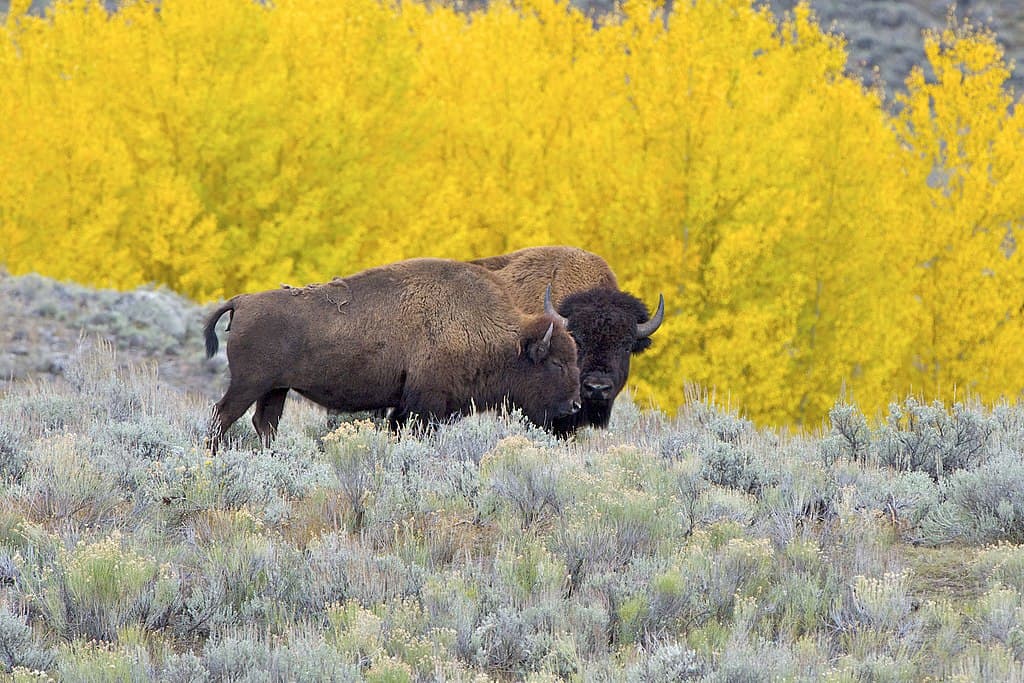
In recent decades, significant efforts have emerged to restore both buffalo populations and indigenous relationships with these sacred animals. Several tribes have established their own buffalo herds on reservation lands, including the InterTribal Buffalo Council representing over 80 tribes managing approximately 20,000 buffalo. The Blackfeet Nation’s Iinnii Initiative has reintroduced buffalo to traditional territories, while the Sicangu Lakota have developed the Wolakota Buffalo Range on the Rosebud Reservation. These initiatives represent not merely conservation but cultural revitalization—restoring the spiritual, ceremonial, and practical relationships that sustained Plains cultures for millennia.
These restoration efforts face significant challenges, including limited land availability, genetic concerns about herd diversity, and conflicts with agricultural interests. Nevertheless, they represent powerful examples of indigenous-led conservation combining traditional knowledge with contemporary science. Many tribes have reintroduced buffalo-related ceremonies and educational programs teaching younger generations about traditional relationships with the buffalo. Organizations like the Buffalo Field Campaign work alongside tribes to protect wild buffalo, particularly those migrating outside Yellowstone National Park. These efforts demonstrate the enduring spiritual connection between Plains peoples and the buffalo—a relationship that survived the near-extinction period and now finds new expression in contemporary contexts of ecological restoration and cultural revitalization.
Buffalo Teachings in Contemporary Indigenous Spirituality
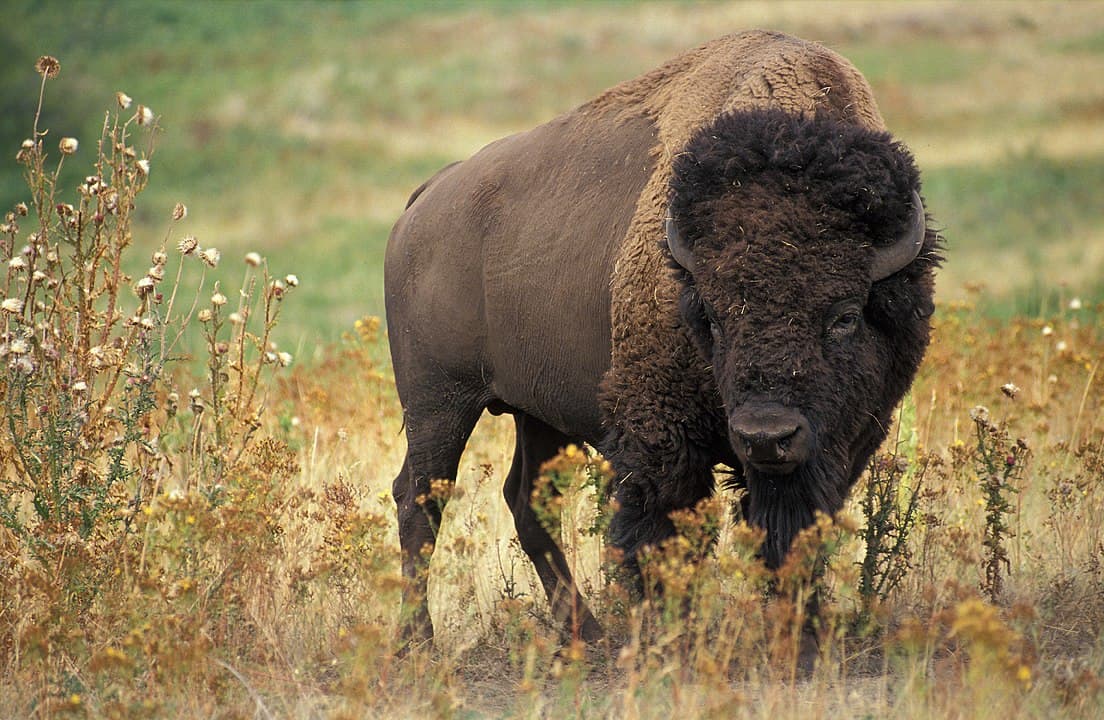
Despite historical disruptions, buffalo teachings remain central to contemporary Plains Indian spiritual practices and worldviews. Modern Sun Dance ceremonies continue to incorporate buffalo skulls and symbolism. The pipe traditions stemming from White Buffalo Calf Woman’s gift remain vital spiritual practices. Many medicine people still utilize buffalo parts in healing ceremonies, while buffalo songs continue to be sung in various contexts. Contemporary indigenous artists frequently incorporate buffalo imagery in their work, often blending traditional symbolism with modern artistic expressions. Each rare birth of a white buffalo calf still prompts pilgrimages and ceremonies across tribal nations, interpreted as messages of hope and renewal.
These contemporary expressions demonstrate the adaptive resilience of indigenous spiritual traditions. While forms may evolve, the core relationship with the buffalo as relative and sacred being persists. Many indigenous environmental activists draw explicitly on buffalo teachings about proper relationship with the natural world to address contemporary ecological challenges. Native youth programs often incorporate buffalo knowledge as part of cultural identity formation. The buffalo has also become an important pan-Indian symbol of indigenous resilience and cultural revitalization. This continuing spiritual relationship underscores how the buffalo remains not merely historical but a living presence in contemporary indigenous spirituality—a relationship that has endured despite enormous challenges and continues to evolve in response to changing circumstances.
Conclusion: The Enduring Sacred Relationship
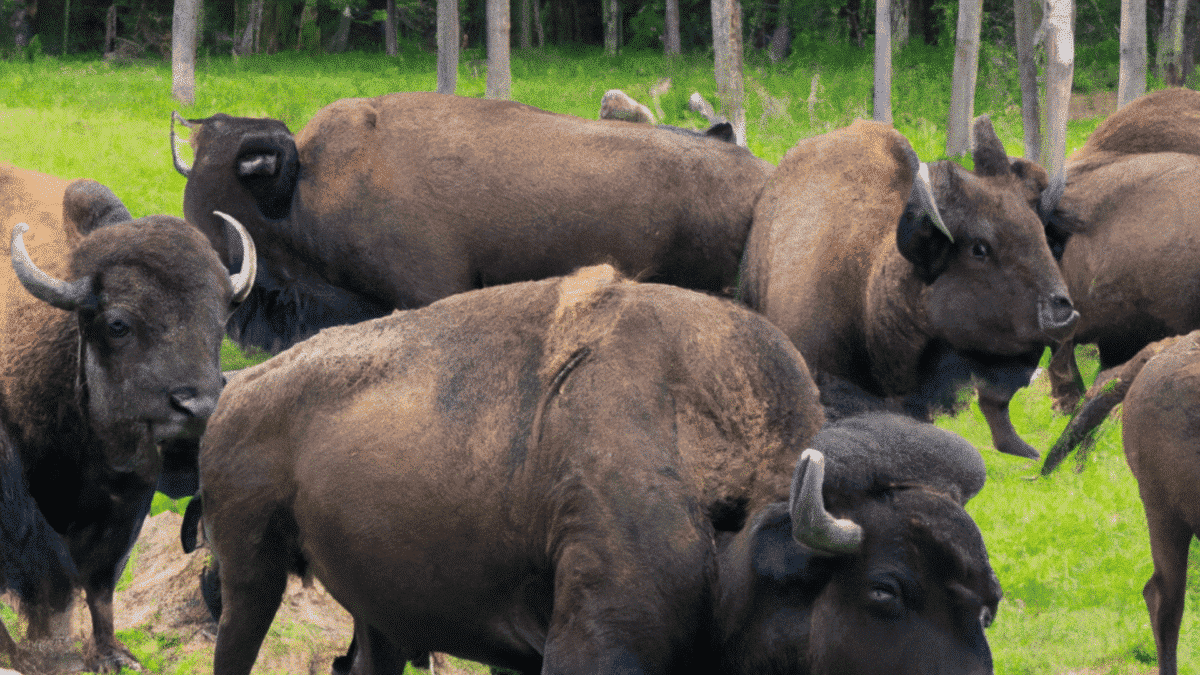
The profound relationship between Plains Indian peoples and the buffalo represents one of humanity’s most complete integrations of a single species into spiritual, economic, and cultural life. Despite the devastating impacts of colonization and the near-extinction of the buffalo, this sacred connection has persisted through oral traditions, adapted ceremonies, and cultural memory. Today, as buffalo populations slowly recover and tribes reestablish physical relationships with these animals, we witness not just ecological restoration but spiritual and cultural revitalization. The buffalo teachings about reciprocity, respect for life, sustainable use, and spiritual interconnectedness offer wisdom increasingly relevant in an era of environmental crisis.
For contemporary Plains communities, buffalo restoration represents healing from historical trauma and reclaiming cultural identity. Yet these efforts face ongoing challenges from limited land access, agricultural conflicts, and the intergenerational impacts of cultural disruption. Nevertheless, the buffalo’s return to tribal lands symbolizes indigenous resilience and the enduring power of sacred relationships to survive even the most devastating historical circumstances. As the buffalo once again roam portions of their ancestral ranges under indigenous stewardship, they embody not just conservation success but the revitalization of ancient sacred bonds that continue to shape Plains Indian identity, spirituality, and cultural continuity into the twenty-first century.
- The Sacred Buffalo in Plains Indian Traditions - August 9, 2025
- How Wildfires Influence Animal Migration and Habitats - August 9, 2025
- The Story Behind the Bison’s Comeback from Near Extinction - August 9, 2025

